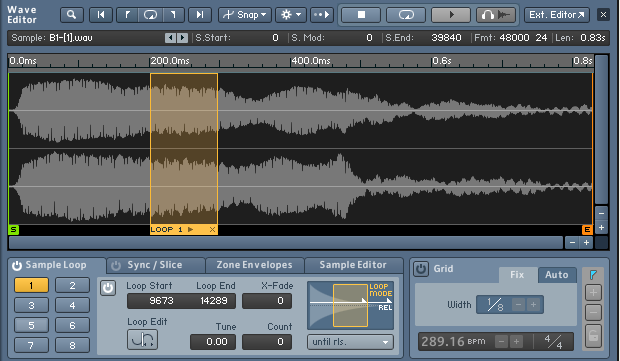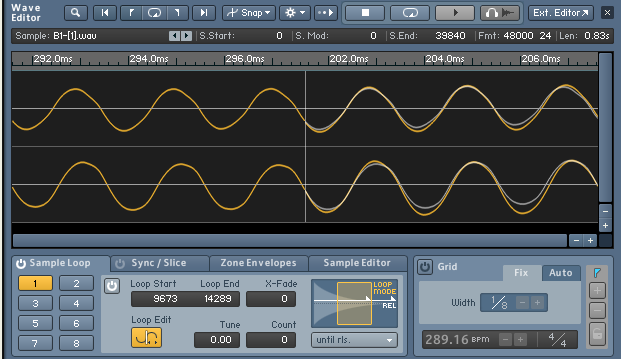Studio 1: Sample example!
- Justin Dando

- Oct 25, 2018
- 3 min read
Hey team, today I'm going to be talking about sampling. Sorry no free meatballs from IKEA here I'm talking about music samples.
"Over the past few decades, sampling, the act of reusing parts of pre-existing recordings in new music, has become a staple tool for contemporary producers and musicians. While once an obscure, underground and even controversial method of creating music, today it is featured in many chart hits and accepted as the norm." (Crilly, 2017)
Popularised in the 60's and then of course the era of hip hop in the 70's, sampling has been common practice since. For what the industry I want to learn and get into (sound design) sampling is a huge part of it. Recording and manipulating samples is a huge part of what i want to do and of course there's so much for me to learn. I have already made a sample library quite a while ago (not really good enough to share believe me) so today I wanted to try something different and sample an instrument. In class there were a few options provided by our teacher but one stood out among the rest, an ocarina. I'm sure you other nerds could feel my excitement so my friend Tom and I grabbed it a H4 Zoom (recording device) and headed for the stairwell to make record some samples.
We recorded all the notes on the ocarina and headed back to Protools to chop them up. My plan was to have a full scale of notes we could put into the instrument plugin which allows you to turn your samples into a MIDI instrument. There's a few things I was told to consider when using these samples:
1. Length - Should contain a single short note which starts and finishes naturally.
2. Fades - Should have a fade at the start and beginning so it sounds smooth when looped.
3. Consistency - Each note should have a similar shape and length so the instrument sound more natural
4. Volume - Each sample should be normalised (same volume) as as you go up the scale the volume stays the same.

With that in mind I cut all my samples up. As you can see above the sample I took are a bit all over the place and this did affect my final outcome which I'll get into later. So once I cut all the samples into notes and organised them I exported them and imported them into contakt (see picture below).
I know what you're thinking... what the hell am I looking at? My thoughts exactly when i first opened this up but I'll walk you through it. On the pic with a keyboard and coloured boxes is my Mapping editor, it shows me which sample is going to played when I play a note on my MIDI controller. The yellow box is my cleanest sample (B) and is stretched over all those notes. So if i were to play one of those keys it would play a pitched up or down version of my sample to make it the right note and as i got further up it would use the different sample I have assigned to those notes. The next picture is my loop which determines what is played when the note is held down. Getting a clean sample in necessary if you want a note to be maintained as you have to get the loop just right or it reverberates and sounds terrible. The next photo links to that and is the loop editor which allows you to zoom right in and match those two waveforms up to make a perfect loop. Finally is my session including my MIDI date for the song I made Link here! Of course sampling an ocarina meant I was going to make a song from Zelda: Ocarina of Time. So I recreated the Lost Woods theme using a piano tutorial. It's pretty close I'm no Mozart but I followed along as close as I could and quantised it later using the MIDI editor in Protools. Anyway here's what went right and what went wrong.
Right! - The sample I made sounded really clean and I was able to get a pretty solid loop out of it as well which made the sustained notes sound pretty natural.
Wrong! - The other samples I used didn't really match the one I ended up using so I just have the one note which only stretched so far so I wasn't able to finish the song which contains must higher notes.
Next time I record samples I will focus on making them consistent and match them up with each other to make the process much more bearable.
References:
https://universityobserver.ie/a-brief-history-of-sampling/ accessed 25 Oct 2018
https://www.youtube.com/watch?v=2luC_X9j4DY accessed 25 Oct 2018

















Comments